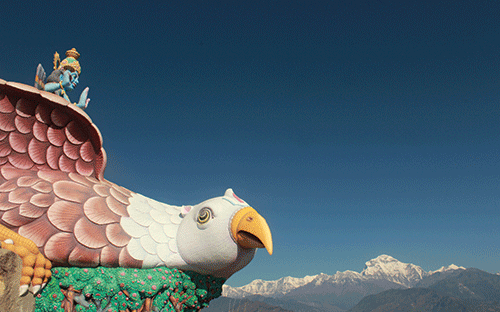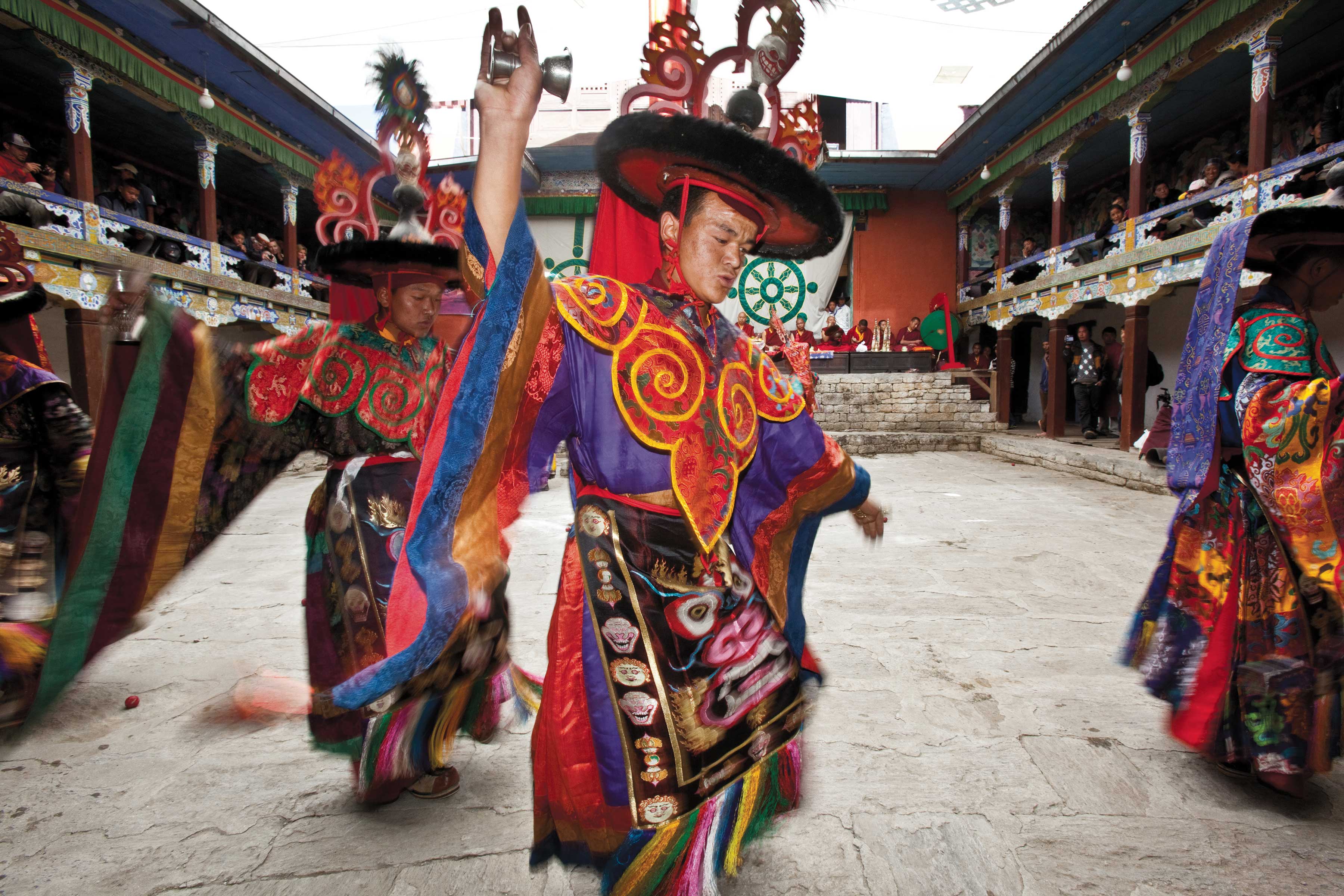A Tibetan Lama’s Extraordinary Journey to a Land of Immortality by Thomas K. Shor
What would have happened if Lewis Carroll had proclaimed the reality of Wonderland? What if he had gathered a following and launched an expedition?’ wonders author Thomas K. Shor in the introduction to his book ‘A step away from Paradise: A Tibetan Lama’s Extraordinary Journey to a Land of Immortality’.
What follows is a true account of one such journey, a Himalayan version of Alice in Wonderland—with the notable exception that it is about finding, as it were, the hole that takes one into the land of magic. Locating that portal into the ethereal world is not all; it must also be opened. Shor uses the metaphor of a “crack in the world” instead of a literal hole on the ground to elucidate one of Tibetan Buddhism’s oldest but lesser-known beliefs—the existence of ‘beyuls’. A beyul is a hidden land, characterized by stunning geographical features, inexhaustible resources and absence of worldly problems such as suffering, poverty and violence, that is mentioned in ancient Tibetan Buddhist texts. Beyuls were created and then concealed by Padmashambhava, the great magician-sage credited with taking Buddhism to Tibet in the eighth century A.D. When the time comes for a beyul to be re-discovered, a special person endowed with the required powers will be born. In Tibetan Buddhism, such a person is called ‘terton’, or treasure-revealer.
 The book tells the story of one such ‘terton’, Tulshuk Lingpa, and his journey from eastern Kham in Tibet, where he is born and recognized by a high lama as a ‘terton’, to Sikkim in India to find and open the way into Beyul Demoshong, believed to be somewhere near Mount Kanchenjunga. Shor reconstructs Tulshuk’s incredible, and at times seemingly desultory, journey through interviews of some of the people who had accompanied him in his quest for the hidden land. The book is a narrative laced with mystery, intrigue and esoteric aspects of Buddhism, a mixture that often addles the rational mind even as it excites the imagination. As a book dealing with an esoteric belief, it contains anecdotes of supernatural feats and bizarre events.
The book tells the story of one such ‘terton’, Tulshuk Lingpa, and his journey from eastern Kham in Tibet, where he is born and recognized by a high lama as a ‘terton’, to Sikkim in India to find and open the way into Beyul Demoshong, believed to be somewhere near Mount Kanchenjunga. Shor reconstructs Tulshuk’s incredible, and at times seemingly desultory, journey through interviews of some of the people who had accompanied him in his quest for the hidden land. The book is a narrative laced with mystery, intrigue and esoteric aspects of Buddhism, a mixture that often addles the rational mind even as it excites the imagination. As a book dealing with an esoteric belief, it contains anecdotes of supernatural feats and bizarre events.
Then there is Tulshuk Lingpa himself, a character remarkable even by the standards that the world has commonly applied to the holy men of Tibet. The eccentric and enigmatic Tulshuk enlivens the book with his inexplicable behavior, which inevitably turns out to be the actions of a man with clairvoyant powers and often the result of commands issued to him by deities in dreams. Tulshuk wanders from one place to another in northern India, performing miracles and winning over an increasing number of people who abandon all worldly ties to join him. At one point he even crosses over into Nepal to escape the men sent by the Sikkimese king, who is made uneasy by the strange lama luring his people away from him. Everywhere he goes, Tulshuk distinguishes himself as a powerful lama, as much by his powers as by his wayward actions, living up to his name, given to him by his teacher, which means ‘crazy.’
From a rational viewpoint, the story itself seems crazy, a product of exaggerated imagining. The idea of a world existing within this world yet invisible to most is incompatible with reality—a reality that follows the premise that only that which can be explained is real. But Tulshuk and his 300 followers remind us that for some reality and faith are not separate and need no explanations or rationalization. The book is engaging not just because it is a tale of reincarnations, rice grains turning into daggers in mid-air, or of ancient scrolls being pulled out from the walls of ancient monasteries, but also because it is a tale of ordinary people with extraordinary faith.
Shor uses the analogy of a shoebox concealed in a matchbox to describe the existence of a hidden land contained in a physical one much smaller than it. The analogy extends to the readers as well, who have to not only open their (rational) minds but to an extent expand it to make space for the tale that reads for the most part as a fantasy fiction.











